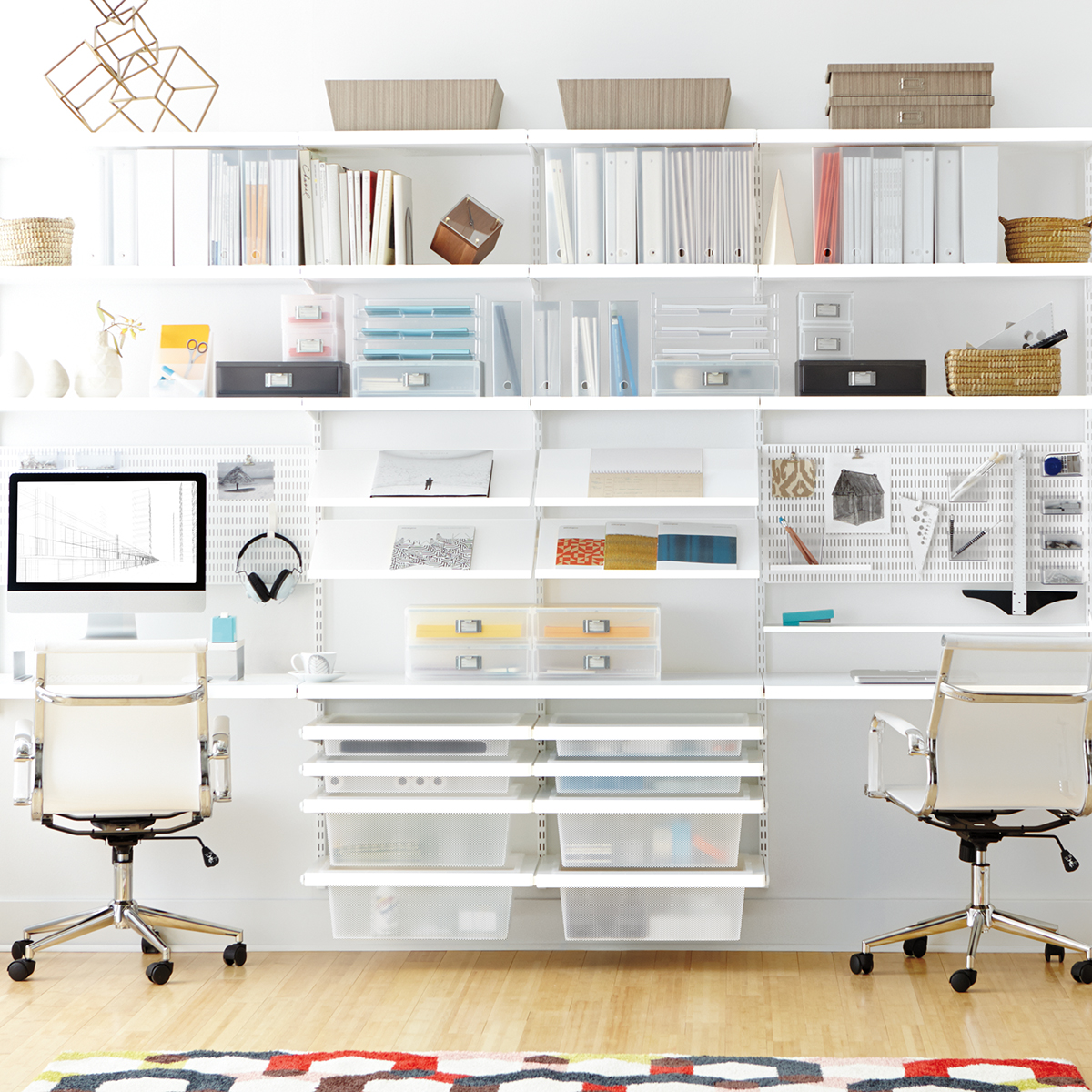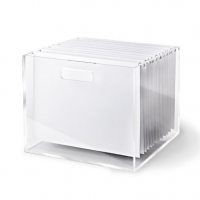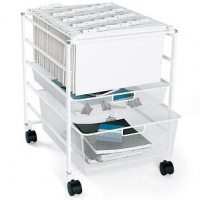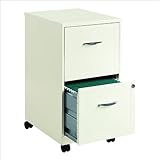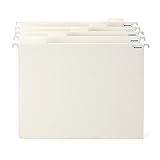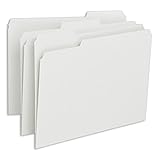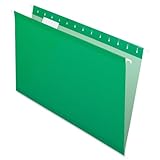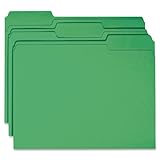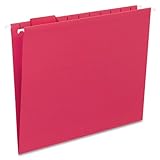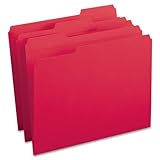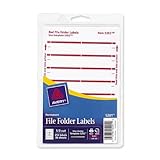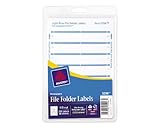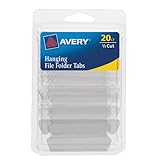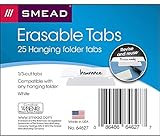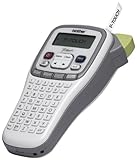Filing and Document Organization
The key to organizing documents for filing is staying on top of paperwork as it comes into your home. That starts with having a filing system that works for you.
Here are a few tips to help you set up a filing system to organize all your documents and important paperwork.
1. Review your old files
Get rid of outdated files as well as those you no longer need. Check the IRS website to see which documents you should keep and for how long. Scan paperwork that can be scanned and shred any paperwork with your personal information on it including your name, social security number, address and phone number.
2. Create an active file system
Keep documents you regularly refer to or need to operate your business in a different place than your permanent files. Your active file system could also include actionable items, such as bills you need to pay, school paperwork that needs a signature or information that’s waiting to be filed in a permanent filing cabinet. Your active files should be easily accessible, so keep them on your desk in your home office or in the place you typically do paperwork like your dining or living room.
3. Schedule time to file each week
Move items from your active file system to your permanent file cabinet on a specific day of the week. If you work from home, a good time to do this would be at the end of the week when you tidy your desk before leaving the office for the weekend. For others, choose a quiet evening when you’ll have time to review the files and sort through what should be kept and what can be shredded.
4. Use colors, folders, and labels appropriately
Personalize your filing system to ensure it works for you. Colorful file folders can help you distinguish different topics, categories or dates. Use hanging file folders for broad topics and then store multiple subtopics within each using manila folders. Label each file and folder clearly so you’ll be able to quickly identify and locate key information. A label maker can be a big help and make all the files look uniform.
5. Decide on a file order
You can file your paperwork alphabetically, chronologically or grouped by category.
If you organize your files by category, be sure to include:
- Finance
- Household
- Important Documents
- Auto
- Medical and Taxes
Break each into subcategories.
Your finance folder or section could hold subcategories like:
- Bank Accounts
- Retirement
- Investments
- Credit Cards
6. Keep extra folders on hand
Stay on top of paperwork as it arrives by always having a few extra filing supplies nearby. If you use a color-coded system, be sure to keep a few folders in every color too.


